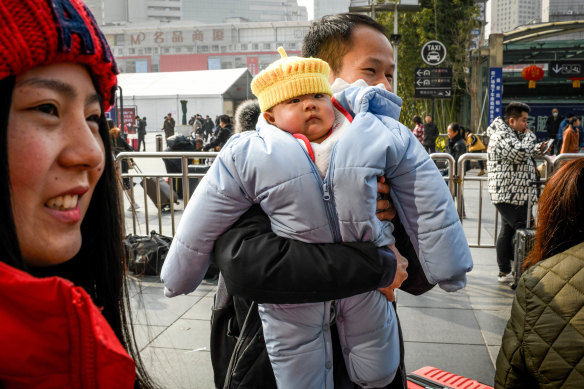China’s population decreased for the second year in a run in 2023, thanks to a record low birth rate and a wave of COVID-19 deaths after draconian lockdowns were lifted, hastening a downturn that will have far-reaching long-term consequences for the economy’s development prospects.
According to the National Bureau of Statistics, China’s total population fell by 2.08 million, or 0.15%, to 1.409 billion in 2023.
China suffered a major statewide COVID outbreak early last year, after three years of strict screening and quarantine measures kept the virus under control until authorities abruptly loosened restrictions in December 2022.
Last year, total deaths increased by 6.6% to 11.1 million, marking the greatest mortality rate since 1974 during the Cultural Revolution.
New births declined 5.7% to 9.02 million, with the birth rate at a historic low of 6.39 births per 1,000 people, down from 6.77 in 2022.
Births in the country have been plummeting for decades as a result of the one-child policy implemented from 1980 to 2015 and its rapid urbanisation during that period.
As with earlier economic booms in Japan and South Korea, large populations moved from China’s rural farms into cities, where having children is more expensive.
Japan’s birth rate was 6.3 per 1,000 people in 2022, while South Korea’s rate was 4.9.
In 2023, teenage unemployment reached new highs, earnings for many white-collar workers plummeted, and a crisis in China’s property sector, which stores more than two-thirds of household wealth, worsened.
The new data adds to concerns that the world’s second-largest economy’s growth prospects are fading due to fewer workers and consumers, while soaring costs of senior care and retirement benefits place more burden on indebted local governments.
According to UN estimates, India surpassed China as the world’s most populated country last year, fueling further debate about the benefits of shifting some China-based supply chains to other markets, particularly as geopolitical tensions between Beijing and Washington escalate.






